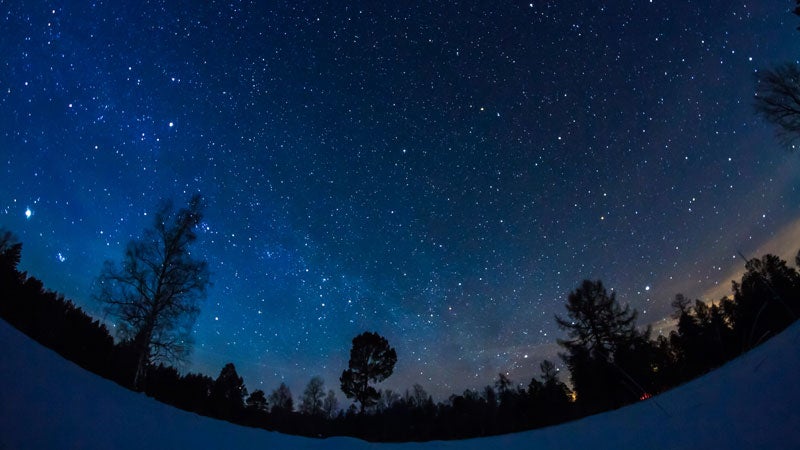Our sun has burned for about 4.5 billion years. Think that’s old? Scientists have discovered a star that makes the sun look like a youngster—and they think it’s the oldest one in the universe.
The team, led by astronomers �ɳ����, believes the star formed 13.7 billion years ago, shortly after the Big Bang. They hope the star—which, at 6,000 light years from Earth, resides relatively nearby in astronomical terms—can provide clues about the chemistry of ancient stars and the universe’s earliest stages.
“This is one of the first steps in understanding what those first stars were like,” says Stefan Keller, one of the Australian astronomers who led the project. “What this star has enabled us to do is record the fingerprint of those first stars.”
That fingerprint has provided scientists with some fascinating data. The star, initially discovered using Australian telescopes and then confirmed with Chile’s Magellan telescope, differs a lot from our sun.
For one, it formed from the remains of a primordial star that had a mass 60 times greater than our sun. For our sun to form, hydrogen and helium combined with massive quantities of iron totaling about 1,000 times the Earth’s mass. But the newly discovered star differs significantly.
“To make this ancient star, you need no more than an Australia-sized asteroid of iron and lots of carbon,” Keller says. “It’s a very different recipe that tells us a lot about the nature of the first stars and how they died.”
The discovery could have larger implications regarding scientific debates about the Big Bang. Scientists have previously believed ancient stars went through violent, iron-spewing explosions, but this one appears to have few traces of the element. Keller thinks the star’s heavy elements like iron were consumed by a black hole that formed when the preceding star exploded.
Stars usually form from the elemental remnants of previous stars. Our sun likely formed after hundreds of cycles of explosions and reformations.


